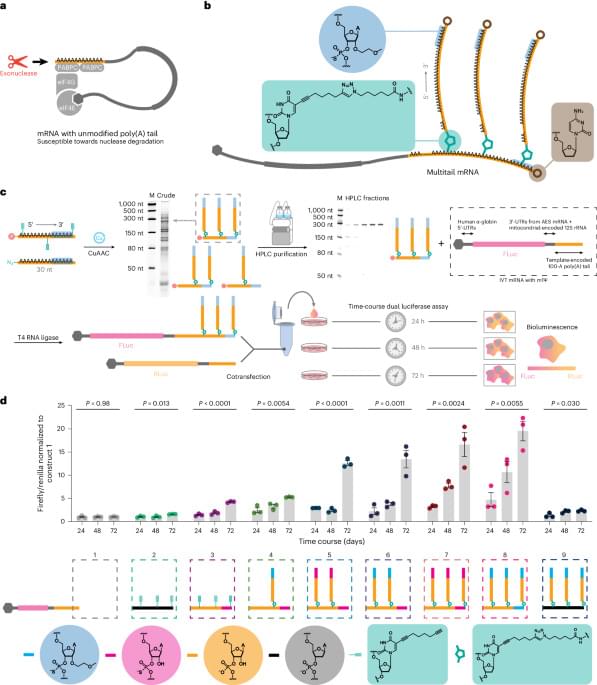Elon Musk’s Neuralink introduced the first patient to receive its brain-computer implant, demonstrating during a livestream that he can now move a computer cursor to play chess using the device. Photo: Neuralink.
#ElonMusk #Neuralink #WSJ
Elon Musk’s Neuralink introduced the first patient to receive its brain-computer implant, demonstrating during a livestream that he can now move a computer cursor to play chess using the device. Photo: Neuralink.
#ElonMusk #Neuralink #WSJ
Elon Musk’s Neuralink recently implanted a chip in a human for the first time. The emerging market of brain computer interfaces, or BCIs, is in the process of finding its footing. In a world where AI is on the rise, BCIs allow for telepathic control of computers and wireless operation of prosthetics. But how does this tech work?
WSJ goes inside a brain surgery to see how the implants work, and breaks down what it’s going to take to get these devices on the market.
Chapters:
0:00 Musk’s Neuralink.
0:41 The market.
3:03 Synchron.
3:57 Precision.
5:16 What’s next?
News Explainers.
Some days the high-speed news cycle can bring more questions than answers. WSJ’s news explainers break down the day’s biggest stories into bite-size pieces to help you make sense of the news.
#Neuralink #Tech #WSJ
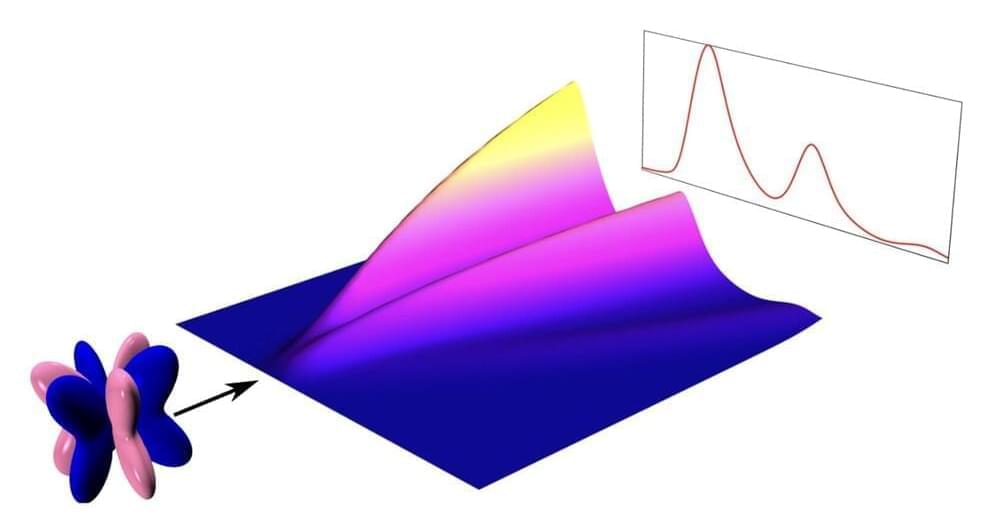
Quantum spin liquids are fascinating quantum systems that have recently attracted significant research attention. These systems are characterized by a strong competition between interactions, which prevents the establishment of a long-range magnetic order, such as that observed in conventional magnets, where all spins align along the same direction to produce a net magnetic field.
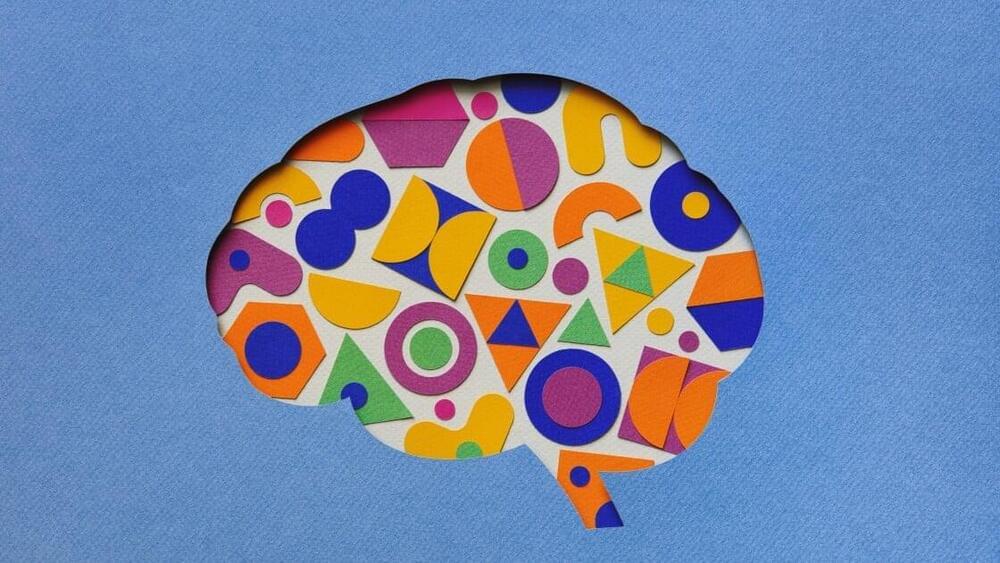
Los Angeles Unified School District (LAUSD) is rolling out an AI-powered educational tool that it says will provide students with personalized learning plans and resources.
The tool, dubbed Ed, can translate personalized learning plans into over 100 languages, a much-needed resource. LAUSD is nation’s second-largest district, with 565,479 students, of which 86,081 (15%) are still “learning to speak English proficiently,” according to a district fact sheet.
It also assists students with complex administrative tasks such as submitting applications. Parents are expected to use the chatbot to ask questions, as well as get updates on their child’s progress and reminders about upcoming assignments and programs.
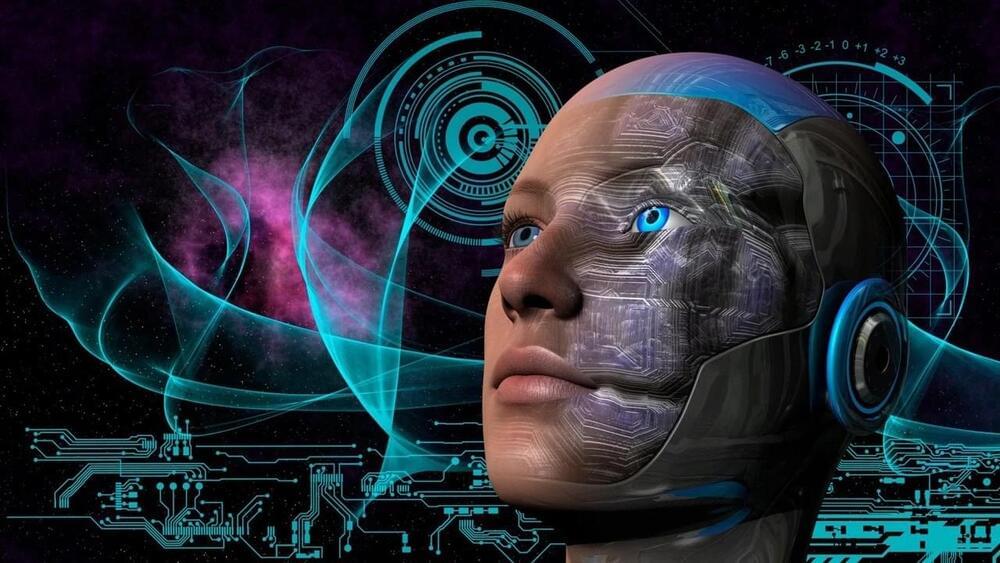
One of the most influential figures in the field of AI, Ray Kurzweil, has famously predicted that the singularity will happen by 2045. Kurzweil’s prediction is based on his observation of exponential growth in technological advancements and the concept of “technological singularity” proposed by mathematician Vernor Vinge.

Neuroscientists have taken a step closer to understanding those moments when our thoughts seem to vanish into thin air, a phenomenon known as “mind blanking.” A study published in The Journal of Neuroscience reveals that when people report having no identifiable thoughts — mind blanking — there is a marked reduction in brain activity across several key regions. This intriguing discovery contributes to broader conversations about consciousness and our ability to report experiences.
The authors behind the new study sought to better understand a relatively understudied area of cognitive neuroscience: the phenomenon of mind blanking, where individuals find themselves unable to recount their immediate-past mental content. Unlike mental states with reportable content, such as daydreaming or engaging in a task, mind blanking represents a unique state of consciousness that lacked thorough neural characterization.
“In the past 10 years, I have researched human unconscious states where communication is restricted (post-comatose disorders),” said corresponding author Athena Demertzi, a tenured research associate of the Belgian Fund for Scientific Research and director of the Physiology of Cognition Lab at the University of Liège, Belgium.
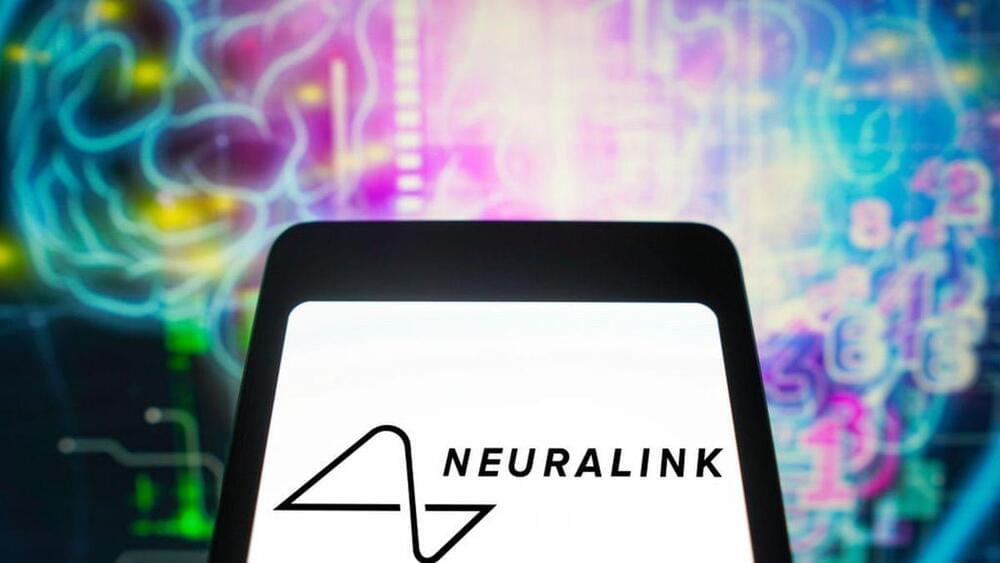
The first person with Neuralink’s computer-linked chip implanted in the surface of their brain showed off their “telekinetic” online chess-playing skills while discussing the “life-changing” procedure for the first time in a surprise livestream.
Noland Arbaugh, a 29-year-old with quadriplegia (or paralysis that affects the body from the neck down), volunteered to have the device implanted as part of Neuralink’s ongoing trial of the technology. Until now, his identity had remained a closely guarded secret.


The highest rung on the ladder is studied by analyzing the redshifts of distant galaxies. This technique can be used to measure distances across of billions of light-years, by contrast.
Redshift occurs because, as objects race away from us due to the expansion of the universe, the light they emit that takes billions of years to travel to us has its wavelength stretched by this expansion. That lengthening reddens the light and even causes it to move to infrared wavelengths sometimes. This is actually why the James Webb Space Telescope (JWST), which is highly sensitive to infrared light, is so adept and seeing galaxies in the early universe.
The cosmic distance ladder can help cosmologists measure the rate at which the universe is expanding, a value called the Hubble constant, named in honor of astronomer Edwin Hubble. This is because his observations of distant galaxies were key in overturning the idea that the universe exists in a steady state, neither growing nor shrinking.
